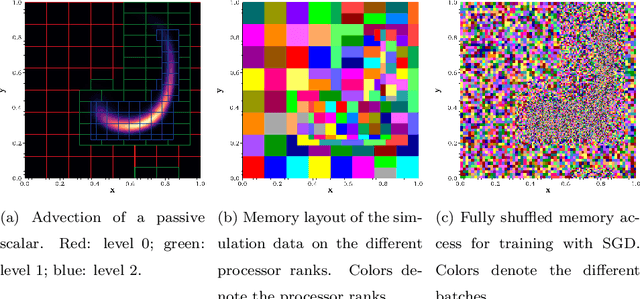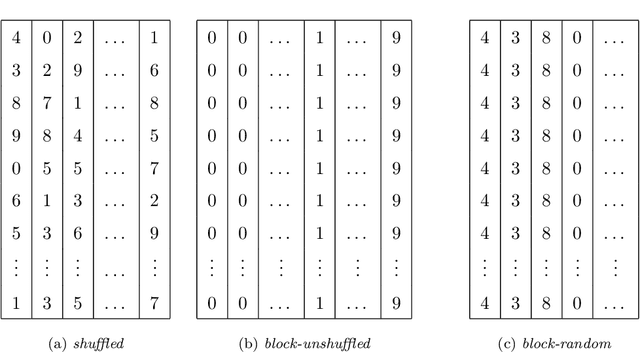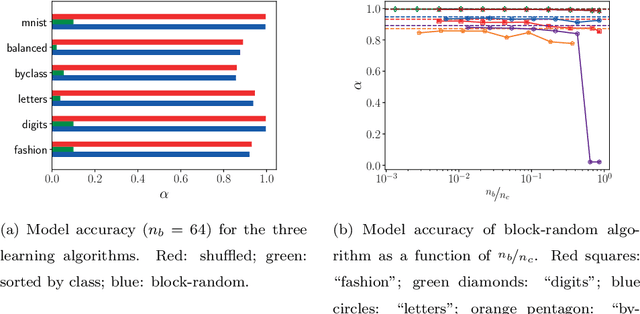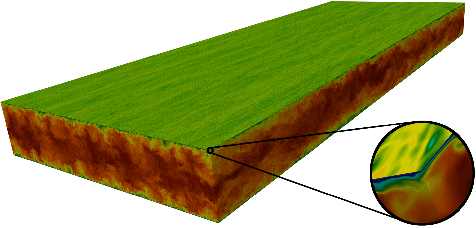Prakash Mohan
Operator Inference Aware Quadratic Manifolds with Isotropic Reduced Coordinates for Nonintrusive Model Reduction
Jul 28, 2025Abstract:Quadratic manifolds for nonintrusive reduced modeling are typically trained to minimize the reconstruction error on snapshot data, which means that the error of models fitted to the embedded data in downstream learning steps is ignored. In contrast, we propose a greedy training procedure that takes into account both the reconstruction error on the snapshot data and the prediction error of reduced models fitted to the data. Because our procedure learns quadratic manifolds with the objective of achieving accurate reduced models, it avoids oscillatory and other non-smooth embeddings that can hinder learning accurate reduced models. Numerical experiments on transport and turbulent flow problems show that quadratic manifolds trained with the proposed greedy approach lead to reduced models with up to two orders of magnitude higher accuracy than quadratic manifolds trained with respect to the reconstruction error alone.
A block-random algorithm for learning on distributed, heterogeneous data
Feb 28, 2019



Abstract:Most deep learning models are based on deep neural networks with multiple layers between input and output. The parameters defining these layers are initialized using random values and are "learned" from data, typically using stochastic gradient descent based algorithms. These algorithms rely on data being randomly shuffled before optimization. The randomization of the data prior to processing in batches that is formally required for stochastic gradient descent algorithm to effectively derive a useful deep learning model is expected to be prohibitively expensive for in situ model training because of the resulting data communications across the processor nodes. We show that the stochastic gradient descent (SGD) algorithm can still make useful progress if the batches are defined on a per-processor basis and processed in random order even though (i) the batches are constructed from data samples from a single class or specific flow region, and (ii) the overall data samples are heterogeneous. We present block-random gradient descent, a new algorithm that works on distributed, heterogeneous data without having to pre-shuffle. This algorithm enables in situ learning for exascale simulations. The performance of this algorithm is demonstrated on a set of benchmark classification models and the construction of a subgrid scale large eddy simulations (LES) model for turbulent channel flow using a data model similar to that which will be encountered in exascale simulation.
 Add to Chrome
Add to Chrome Add to Firefox
Add to Firefox Add to Edge
Add to Edge